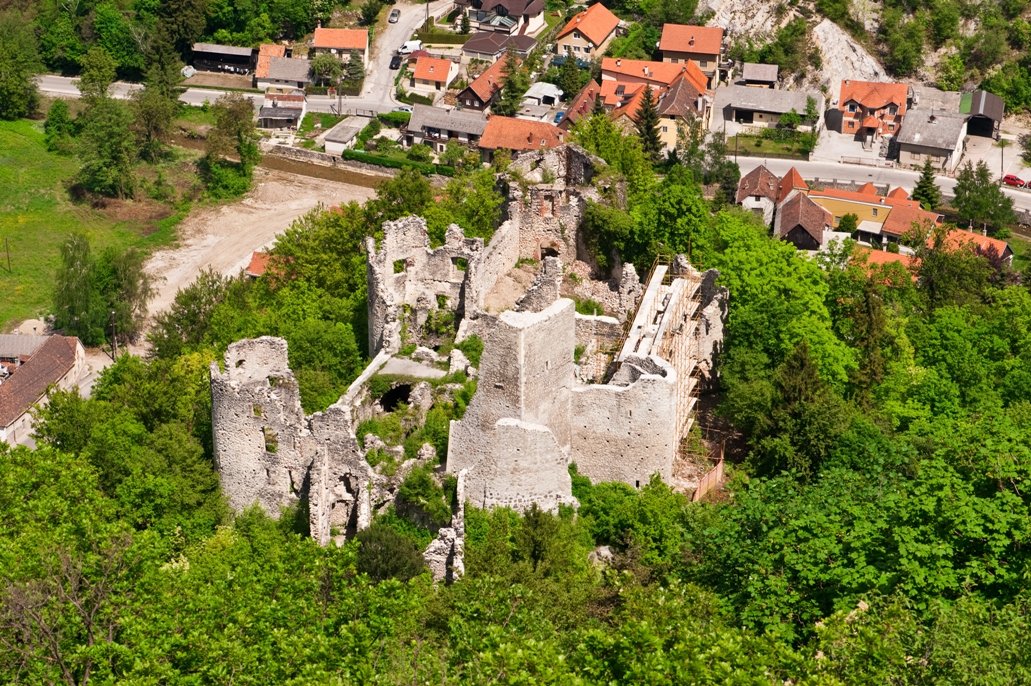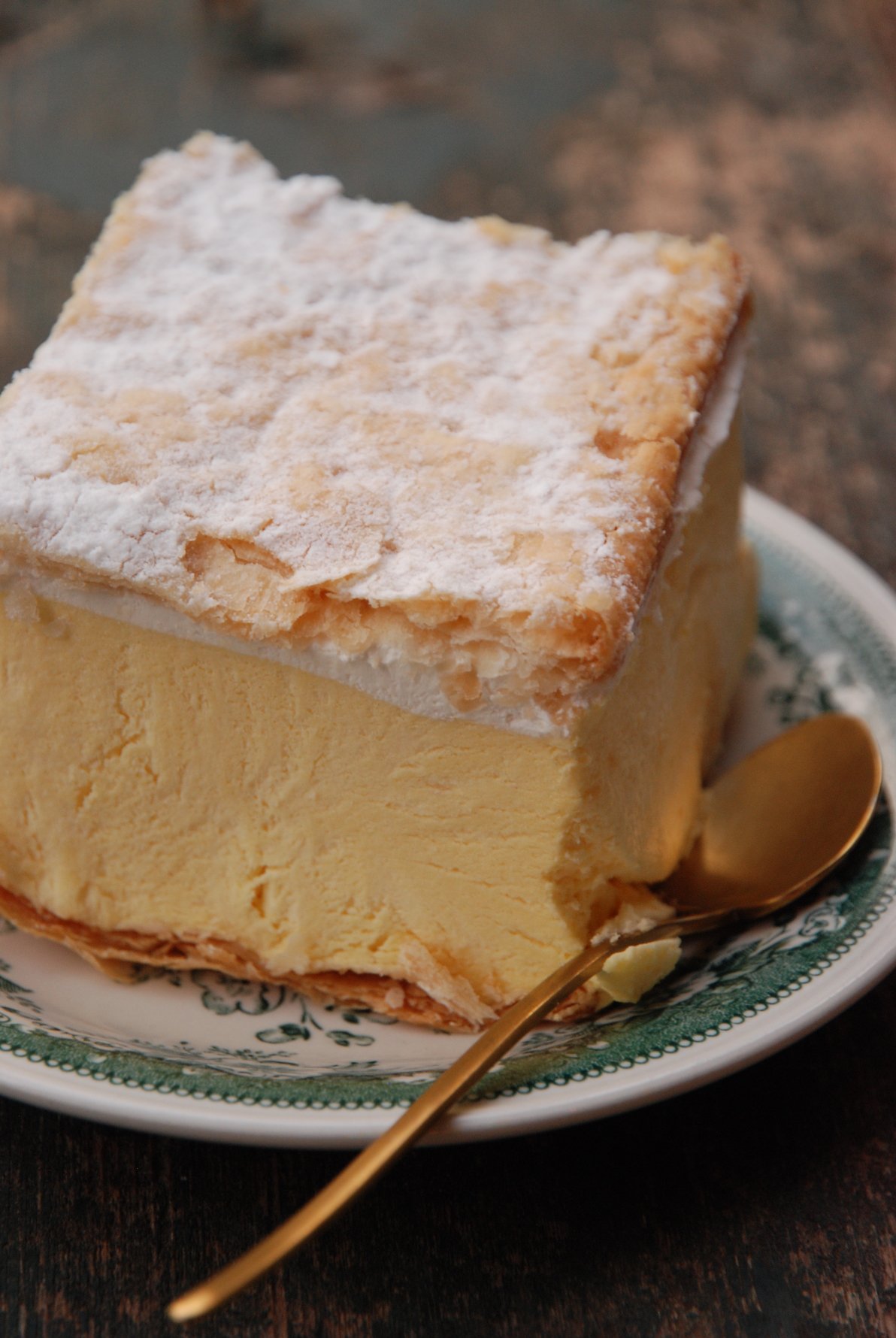Samobor, home to Croatia's most infamous carnival, is only 20km northwest of the centre of Zagreb and 5km southeast of the Slovenian border - you'II pass through this on your way to Ljubljana. Buses leave from E-4, Autobusni kolodvor and H-3/4, Ljubljanica bus stations all day long.
History: Lucky traveller, you've stumbled into the festival's 196th anniversary (02.02 - 13.02.2024.) In 1827 Josip Kompare decided to take the New Year's idea to heart and make some changes in his life. Along with the painted charicatures he whipped up and displayed, he wrote various cynical poems and satirical scientific proclamations and read them publicly. The event gathered steam from there, each year becoming more ornate and exciting. Before you knew it Josip's seemingly silly musings had become a ritual - one that people all over the country take part in at the beginning of February.
The bonfire: A bonfire is stoked up on the first day of the festival and gets the sin-purging for all those who participate into high-gear. Hooray!
Burning Prince Fašnik: On the last day of the ceremonies, a Prince Fašnik doll is set ablaze to signal its successful conclusion. Let's set the story straight - the precious prince is not a real person and never was, thus you shoudn't think the thrilled participants barbaric.
Sraco the judge: A local raven-like bird people look to as a kind of wisened muse and judge (like Yoda) descends upon the region and proclaims it the 'Samobor Fašnik Republic of Freedom' immediately following the Fašnik's incineration. This act seals the deal. Even if you wanted your guilt and sin back too bad - Srako has laid down the law. Warning: Srako won't appear unless all acts are completed in the appropriate manner.
Why the masks? It's a carnival silly, if you must know. Part of the process is dressing up as though you were an animal or pervert and as always, the odder the final result the better. The idea is freedom, one borne of the fact that your identity is concealed.
Things to Do in Samobor:
Samobor Old Town XIII century (Stari grad Samobor XIII st.)
Built in the 13th century, it resides upon Tepec hill. Nature has grown over the old stone walls of what was once the great Samobor Castle in a delightful way, so be sure to bring your camera full of film. Only 1.5km directly west of Trg Tomislava, this is a phenomenal place to walk around both inside and out. It's in a derepit condition, which is part of its charm.

Samobor Museum
Once the house of Ferdo Livadić, it has served many purposes throughout history and welcomed the most famous Croatian poets into its comfortable confines. Established as a museum in 1948, you may initially curse our names for including it as you gaze upon it from the outside. An hour later, after you've checked out all the old weapons, oil paintings, books, ceramic chimneys, geologic history displays and other ecletic exhibitions you may cry tears of appreciation in our honour. The gentlemen who showed us around claims it is one of the neatest museums in the whole country and we're inclined to add that it certainly is worth a visit. Livadićeva 7, Open Tue,Wen, Fri 08:00 - 16:00, Thu 08:00 -19:00, Sat, Sun 10:00 - 18:00. Monday and holidays closed.Ljubice Cantilly's Grave
In the mid-19th century our dear Ljubica fell deeply in love with the famous poet Stanko Vraz after he composed a song of his undying love for her. Mom and dad couldn't have cared less (and thought Stanko was kind of a dork anyway) so the prearranged marriage of Ljubica to another suitor went off without a hitch. The Croats are especially moved by this tale of cruelly bridled passion – poets of all types visit her grave and read poetry aloud, often sobbing and vomiting over the wall behind the grave with the intensity of their emotion.
Okić Old Town (Stari grad Okić)
Only 5km outside of Samobor, it's from the middle centuries and is considered one of the most beautiful preserved fortresses in all of continental Croatia because of the superb condition of its walls. Built between the 11th and 12th centuries, the owners of this castle are the biggest and most famous of the Croatian aristocrats: Frankopani, Okički and Babonići.
Livadić Kavana
This Kavana is the essence of the city and perhaps the most famous landmark that you absolutely must visit. Massive hunks of glowing kremšnita are served up within its confines. It was designed in the year 1800 by Franje Gabrića, a famous Croatian architect. The classy coolness of the antique styling and aged ambiance is simply intoxicating. Trg kralja Tomislava 1, (+385-1) 336 58 50, Open 07:00 - 23:00.
Photo by Višnja Arambašić





Comments